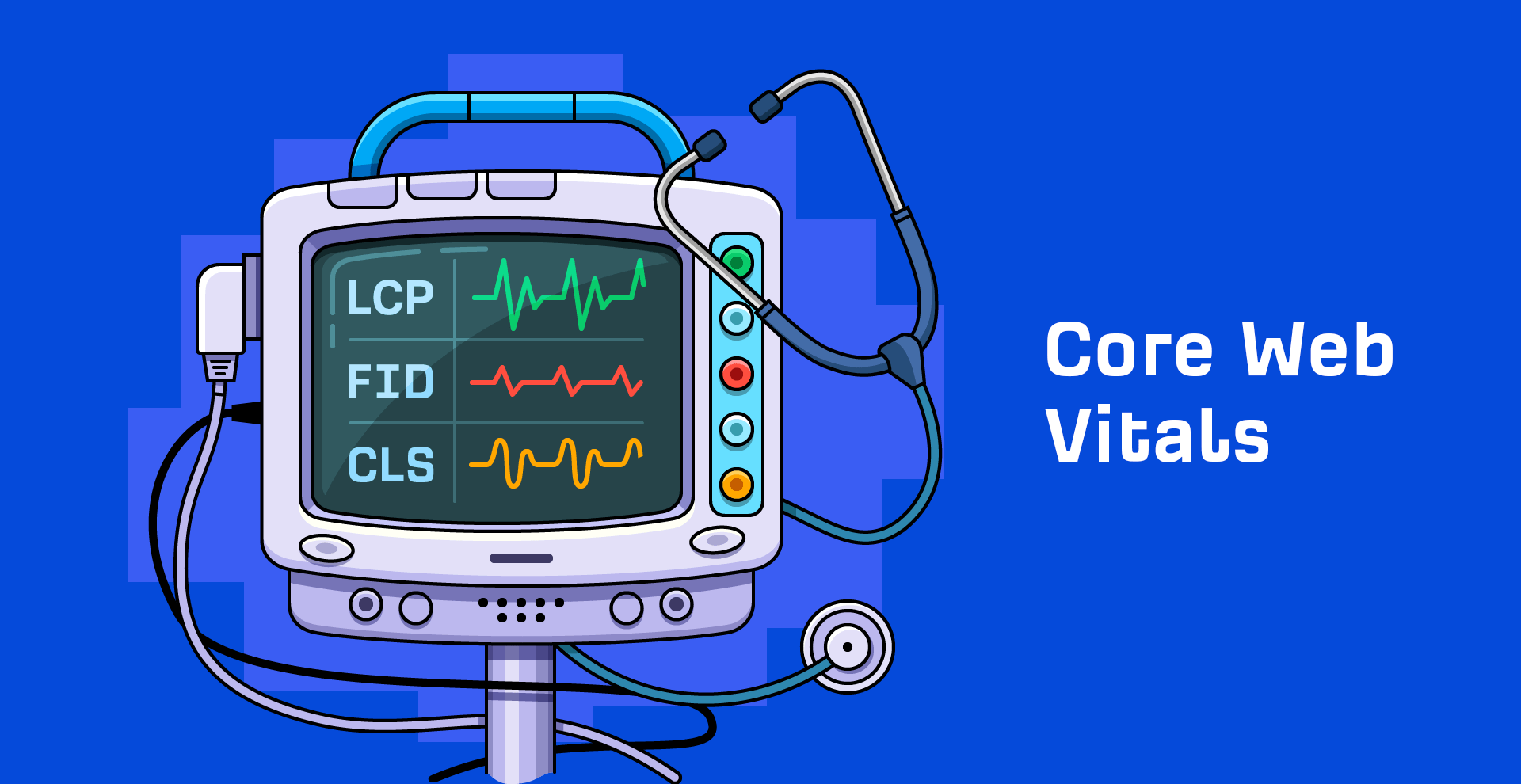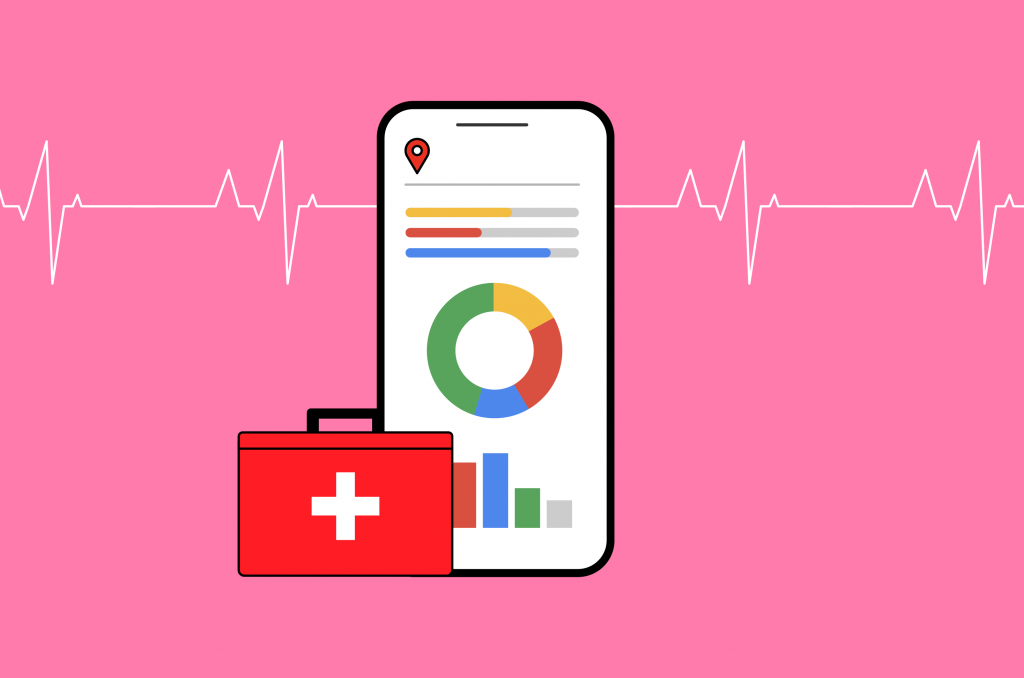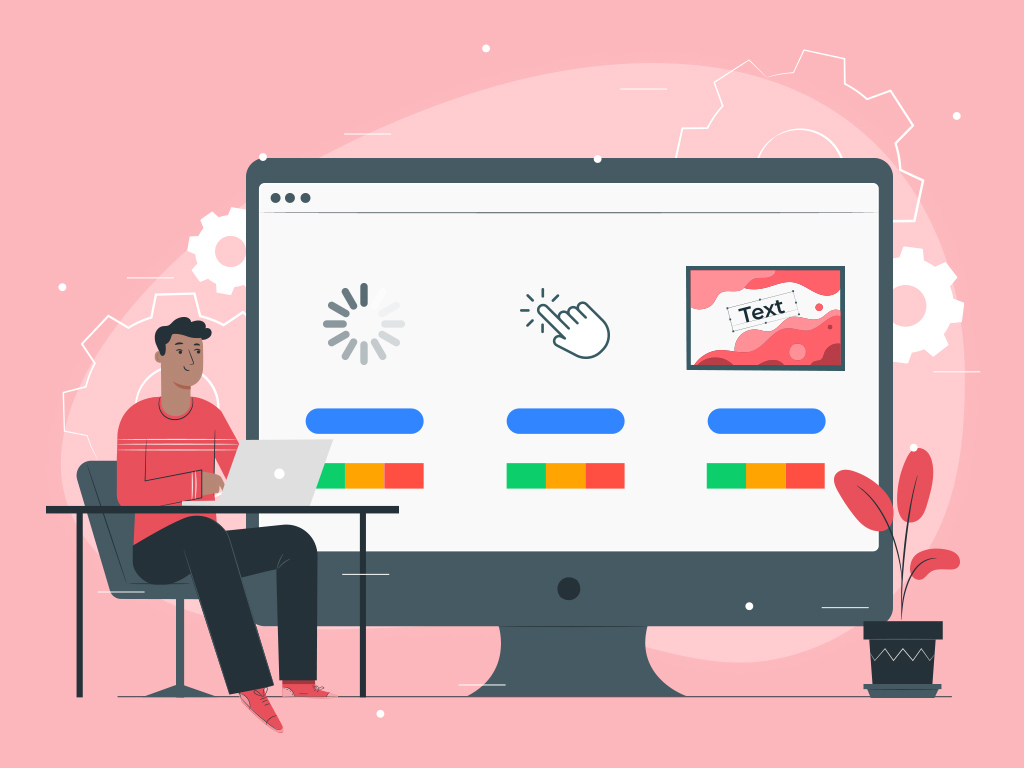Core Web Vitals - Ensure Your Business Continues To Grow
Google recently made headlines when it announced a new ranking criteria for 2021: page experience. User experience has always been an important component of creating the greatest site possible, but it will now play an even larger role in assisting you in creating fantastic sites for your consumers. All of this is powered by new metrics, the most important of which is the Core Web Vitals.
Matt RobinsonJun 15, 202276 Shares1865 Views

Core Web Vitalswill become a search ranking factor with the Page Experience Update in May 2021. This has already been said.
This means that good content will still be king, but the technical parts of your SEO will become more important.
Google will make one of the biggest changes to how it ranks websites this year.
The update will come out in the middle of June 2021, but it won't work perfectly until the end of August.
Please let me explain.
In May 2020, Google showed off its new Core Web Vitals, a set of user-focused metrics that measure a page's "health" in termsof how well it works for users.
These measurements are split into three groups: how quickly content loads, how people interact with it, and how stable it looks.
Google's algorithm has been slowly changed to take into account small pieces of information like these so that it can give the best content and search results.

Core Web Vitals: How to Optimize Them for SEO
What Are Core Web Vitals?
Core Web Vitals are a group of things that Google thinks are important to the user experience of a webpage as a whole.
Core Web Vitals are three measurements of how well a page works and how the user interacts with it: the most content painted, the time it takes for the first input, and the total layout shift.
In short, Core Web Vitals are a subset of the factors that will be used to calculate Google's "page experience" score, which is essentially Google's way of judging the UX of your website as a whole.
In the "enhancements" section of your Google Search Console account, you can see the Core Web Vitals data for your site.
Core Web Vitals finds problems with the user experience by making a statistic for the three most important parts of the user experience, which are:
- Performance of page loading
- Interaction simplicity
- A page's visual stability as seen by the user
Core Web Vitals has three metrics:
Largest Contentful Paint (LCP)
Checks how fast the biggest thing on a website (pictures, videos, animations, text, etc.) can load and show up.
Cumulative Layout Shift (CLS)
Makes sure that strange, confusing movements on a website's pages don't stop people from reading the content.
First Input Delay (FID)
Finds out how well the pages of a website respond to first-time visitors interacting with them.
It also checks how quickly visitors can get a result from a website's browser.
How Much Do The Core Web Vitals Affect SEO?
As expected, the best thing is the best content.
At the same time, the Core Web Vitals make it clear how important the overall user experience is as a ranking factor.
So, optimizing for the Core Web Vitals can help a lot if you're trying to rank in a place where most of the content quality is about the same.
To put it simply, good Core Web Vitals are about a lot more than just SEO.
It's all about making the user experience better, which is what every website owner should try to do.
Measuring Your Website’s Core Web Vitals
There are many tests, reports, and add-ons that can help you figure out what your site's Core Web Vitals are.
These are the most important:
- PageSpeed Insights' Core Web Vitals assessment;
- Google Search Console's Core Web Vitals report;
- The Chrome addon Core Web Vitals.
LCP, CLS, and FID may also be analyzed using Chrome's DevTools and the Chrome User Experience Report (CrUX).
5 Tips To Improve Your Core Web Vitals
You should do a simple performance analysis test on your website to see how well it works in terms of key web vitals.
If you run performance reports with more than one tool, you can compare the results to make your website better.
Reduce JavaScript (JS) Execution
If your report has a low FID score, it means that people spend more than 300 milliseconds on your page.
You should think about how to make your JS execution faster and smaller.
This means that there is less time between when your browser runs JS code and when the page loads.
Also, it is important to use as little RAM as possible.
Why?
When the code on your site asks the browser for more memory, the browser reserves it, which stops the JavaScript and may make the page load slowly.
Google says that delaying unnecessary JS is one way to cut down on execution time.
Implement Lazy Loading
If your site has photos, it's important to use lazy loading to keep your UX and core web vitals score high.
With lazy loading, pictures are only loaded when a visitor scrolls down the page. This doesn't slow down the website's loading speed and helps it get a high LCP score.
Optimize And Compress Images
Do you not think it's pretty clear?
But on a lot of websites, photos are the most important thing.
So, optimizing them is important because it can make your website much lighter, which can improve loading time, LCP score, user experience, and search engine rankings.
By using small jpg to compress photos, you can reduce the size of the whole page and improve LCP results.
Always save landscape photos in jpg format and graphics in png format.
Provide Proper Dimensions For Images And Embeds
A CLS score of more than 0.1 is bad, and it's often caused by things like photos, ads, or embeds that don't have their sizes in the CSS file.
If you want to raise your CLS score, you should pay attention to dimensions.
When you set the right width and height, the browser can give the element the right amount of space on the page while it loads.
Improve Your Server Response Time
Moment to First Byte (TTFB), which tells you when the user's web browser gets the first byte of your page's content, is used to figure out server response time.
But before you start, you should get statistics on how your server is doing right now so you can see how you're doing.
Here are some things to think about when the report is done:
- Check the speed of your web hosting.
- For your website, use a CDN.
- Examine your plugins. Why? Because each plugin adds weight to your website, it might have a detrimental influence on the performance of your site. Only keep the ones that are really required.
Google recommends that a server's response time be less than 600 milliseconds.
People Also Ask
What Is Core Web Vitals Optimization?
Google says that Core Web Vitals are used as a ranking factor.
The web of Google Dev has great tips on how to optimize your LCP, FID, and CLS to improve both your rankings and the user experience.
How Do I Check My Core Web Vitals Of A Website?
You can use Lighthouse to check a page for page-level sugestions, and you can use the Web Vitals extension to look at Core Web Vitals in real time.
Use the performance tab in Chrome's DevTools to fix performance problems and test changes to code.
Do Core Web Vitals Matter?
Core Web Vitals are the metrics that Google adds to all web pages and that change over time in order to get a better idea of how real people use the pages.
These measurements are split into three groups: Largest Contentful Paint (LCP), First Input Delay (FID), and Cumulative Layout Shift (CLS).
Conclusion
Google's algorithm for ranking web pages is slowly moving toward a more user-centered approach.
It will give points to websites that do well in terms of how quickly their main content loads, how long it takes for the first input, and how stable their visuals are.
The more UX improvements you make to your website as soon as possible, the more of a competitive edge you will have.
If your company cares about its search visibility and wants to get more leads from Google, don't put off optimizing for Core Web Vitals.
It will help you give users a better experience, which will lead to a higher conversion rate.
Latest Articles
Popular Articles


